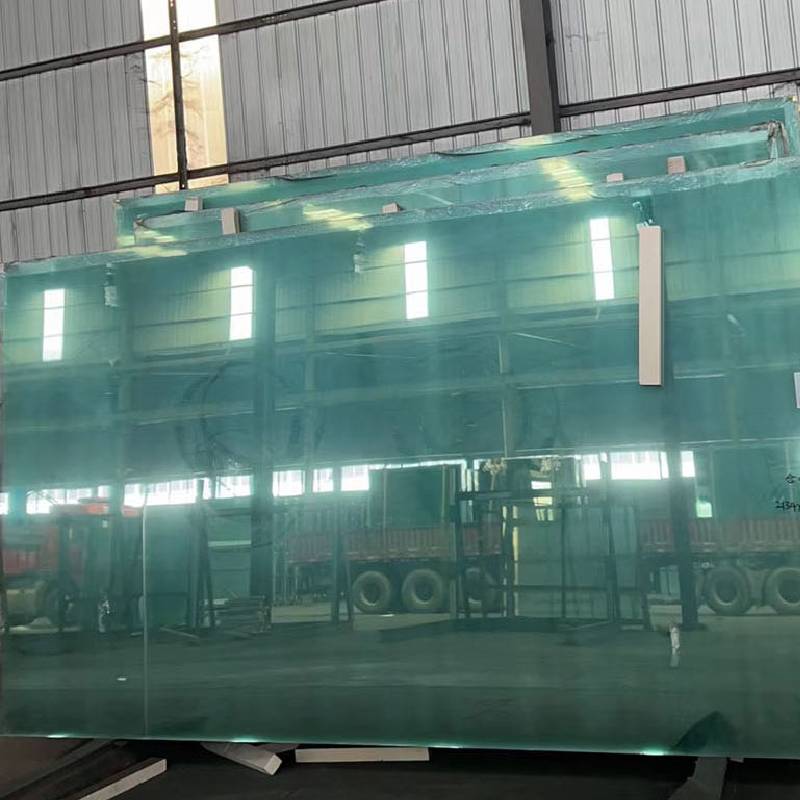Understanding Tempered Glass Key Features and Applications
Tempered glass, also known as toughened glass, is a type of safety glass that has been treated through controlled thermal or chemical processes to increase its strength compared to normal glass. Its enhanced properties make it a popular choice in various applications, ranging from architectural design to automotive manufacturing.
Production Process
The production of tempered glass involves heating the glass to over 600 degrees Celsius and then rapidly cooling it. This process, known as quenching, introduces compressive stresses on the surface of the glass, which significantly improves its strength. The resulting product is up to five times stronger than standard glass of the same thickness. Furthermore, if tempered glass does break, it shatters into small, blunt pieces rather than sharp shards, reducing the risk of injuries.
Physical and Thermal Properties
Tempered glass boasts several important physical properties. It has a high resistance to impact and thermal stress, making it suitable for environments that experience rapid temperature changes. For instance, it is often used in shower doors, glass facades, and glass tabletops where temperature fluctuations are common. The glass can withstand temperatures of up to 250 degrees Celsius, making it ideal for various industrial applications as well.
Additionally, tempered glass has excellent optical clarity, which makes it a favored choice for windows and skylights in commercial and residential buildings
. It provides clear visibility while offering added security and durability.
tempered glass data sheet
Applications
The versatility of tempered glass covers many industries. In architecture, it is used in facades, windows, and balustrades due to its strength and aesthetic appeal. Its ability to be fabricated into various shapes and sizes allows architects to push the boundaries of design while ensuring safety.
In the automotive industry, tempered glass is commonly utilized for side and rear windows. Its safety features are crucial, as it ensures driver and passenger protection in the event of an accident. Moreover, tempered glass can be found in appliances like ovens and stoves, where it can handle high heat and is easy to clean.
Regulatory Standards
Tempered glass must meet specific safety standards and regulations to be used in construction and other applications. Manufacturers often adhere to ASTM standards and other local regulations to ensure product quality and safety. These standards dictate the performance criteria for impact resistance, thermal stress, and overall durability.
Conclusion
In conclusion, tempered glass is an essential material that combines safety, durability, and aesthetic appeal. Its production process enhances its strength, allowing it to perform well in various challenging environments. From commercial buildings to automotive applications, tempered glass is a testament to engineering innovation that prioritizes safety without compromising on design. As demand for safe and durable materials continues to rise, tempered glass will undoubtedly remain a top choice across multiple industries.
 Afrikaans
Afrikaans  Albanian
Albanian  Amharic
Amharic  Arabic
Arabic  Armenian
Armenian  Azerbaijani
Azerbaijani  Basque
Basque  Belarusian
Belarusian  Bengali
Bengali  Bosnian
Bosnian  Bulgarian
Bulgarian  Catalan
Catalan  Cebuano
Cebuano  Corsican
Corsican  Croatian
Croatian  Czech
Czech  Danish
Danish  Dutch
Dutch  English
English  Esperanto
Esperanto  Estonian
Estonian  Finnish
Finnish  French
French  Frisian
Frisian  Galician
Galician  Georgian
Georgian  German
German  Greek
Greek  Gujarati
Gujarati  Haitian Creole
Haitian Creole  hausa
hausa  hawaiian
hawaiian  Hebrew
Hebrew  Hindi
Hindi  Miao
Miao  Hungarian
Hungarian  Icelandic
Icelandic  igbo
igbo  Indonesian
Indonesian  irish
irish  Italian
Italian  Japanese
Japanese  Javanese
Javanese  Kannada
Kannada  kazakh
kazakh  Khmer
Khmer  Rwandese
Rwandese  Korean
Korean  Kurdish
Kurdish  Kyrgyz
Kyrgyz  Lao
Lao  Latin
Latin  Latvian
Latvian  Lithuanian
Lithuanian  Luxembourgish
Luxembourgish  Macedonian
Macedonian  Malgashi
Malgashi  Malay
Malay  Malayalam
Malayalam  Maltese
Maltese  Maori
Maori  Marathi
Marathi  Mongolian
Mongolian  Myanmar
Myanmar  Nepali
Nepali  Norwegian
Norwegian  Norwegian
Norwegian  Occitan
Occitan  Pashto
Pashto  Persian
Persian  Polish
Polish  Portuguese
Portuguese  Punjabi
Punjabi  Romanian
Romanian  Russian
Russian  Samoan
Samoan  Scottish Gaelic
Scottish Gaelic  Serbian
Serbian  Sesotho
Sesotho  Shona
Shona  Sindhi
Sindhi  Sinhala
Sinhala  Slovak
Slovak  Slovenian
Slovenian  Somali
Somali  Spanish
Spanish  Sundanese
Sundanese  Swahili
Swahili  Swedish
Swedish  Tagalog
Tagalog  Tajik
Tajik  Tamil
Tamil  Tatar
Tatar  Telugu
Telugu  Thai
Thai  Turkish
Turkish  Turkmen
Turkmen  Ukrainian
Ukrainian  Urdu
Urdu  Uighur
Uighur  Uzbek
Uzbek  Vietnamese
Vietnamese  Welsh
Welsh  Bantu
Bantu  Yiddish
Yiddish  Yoruba
Yoruba  Zulu
Zulu 

